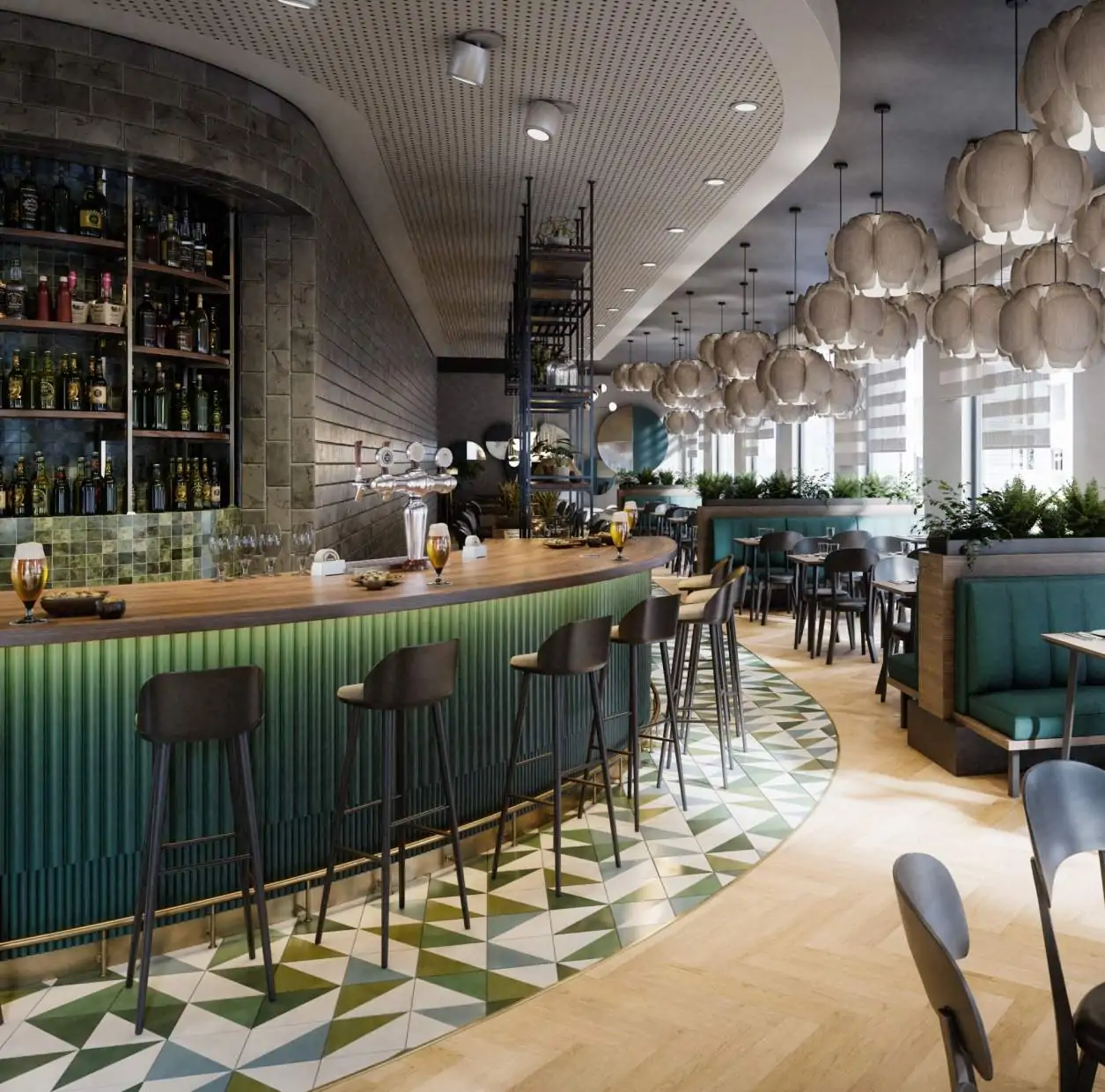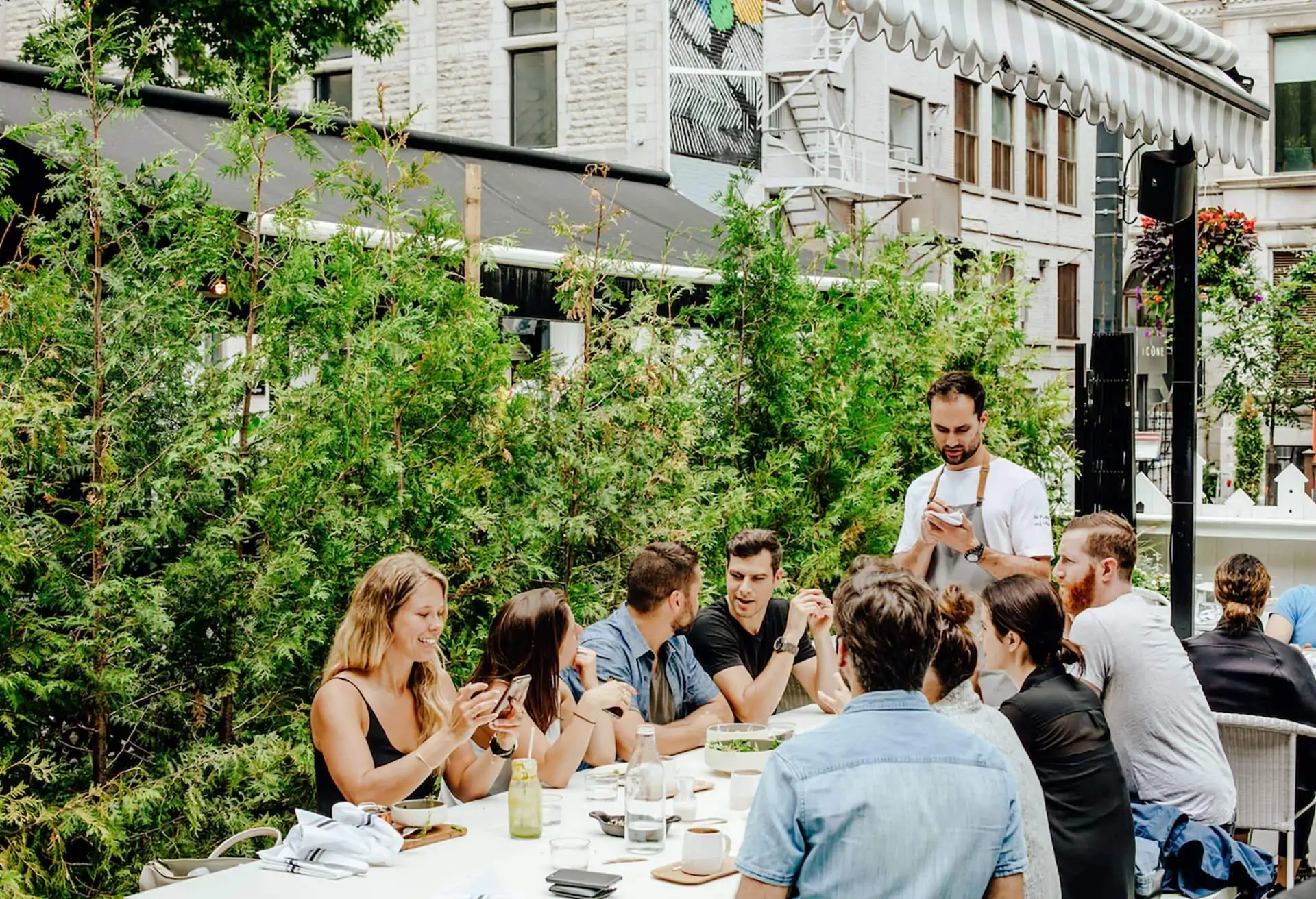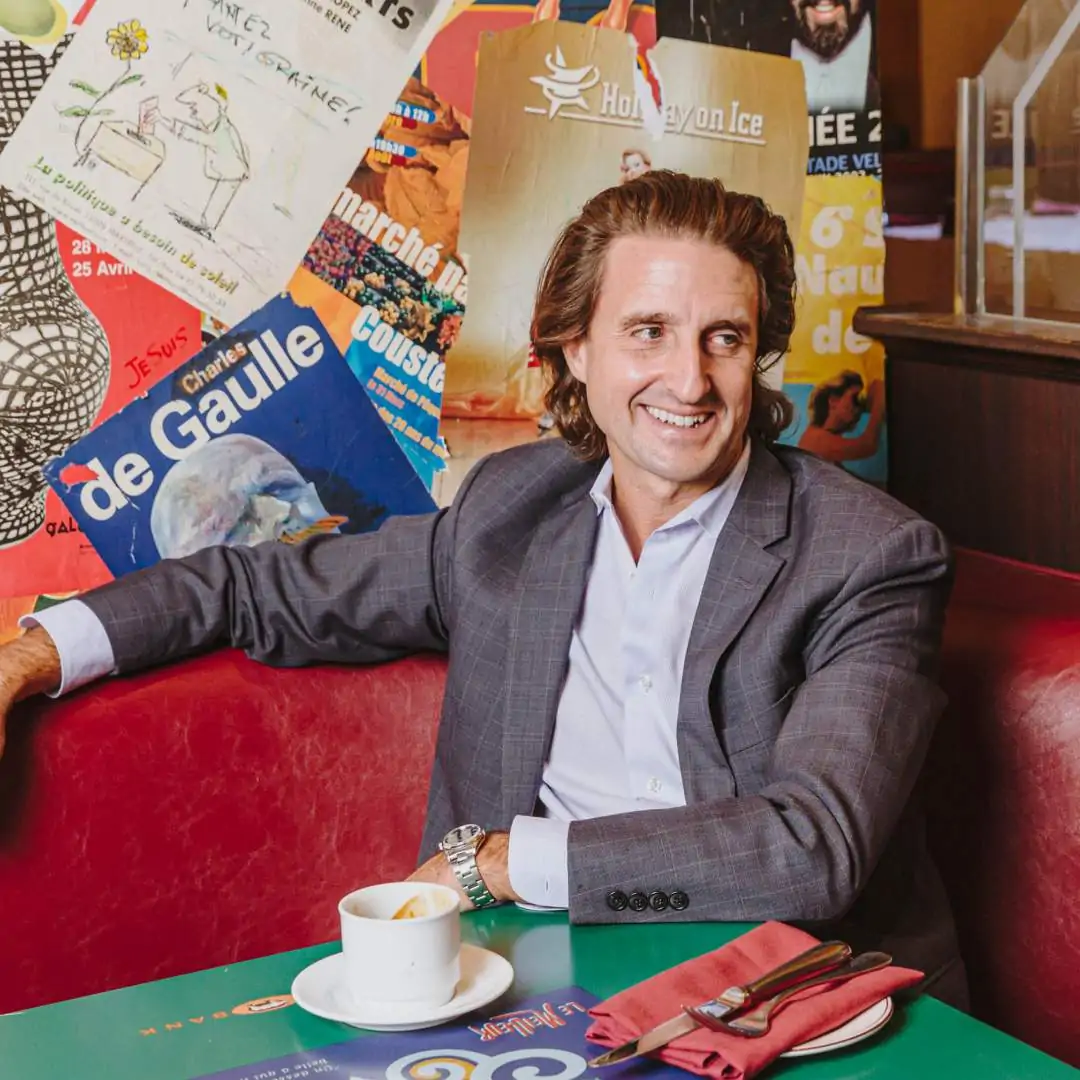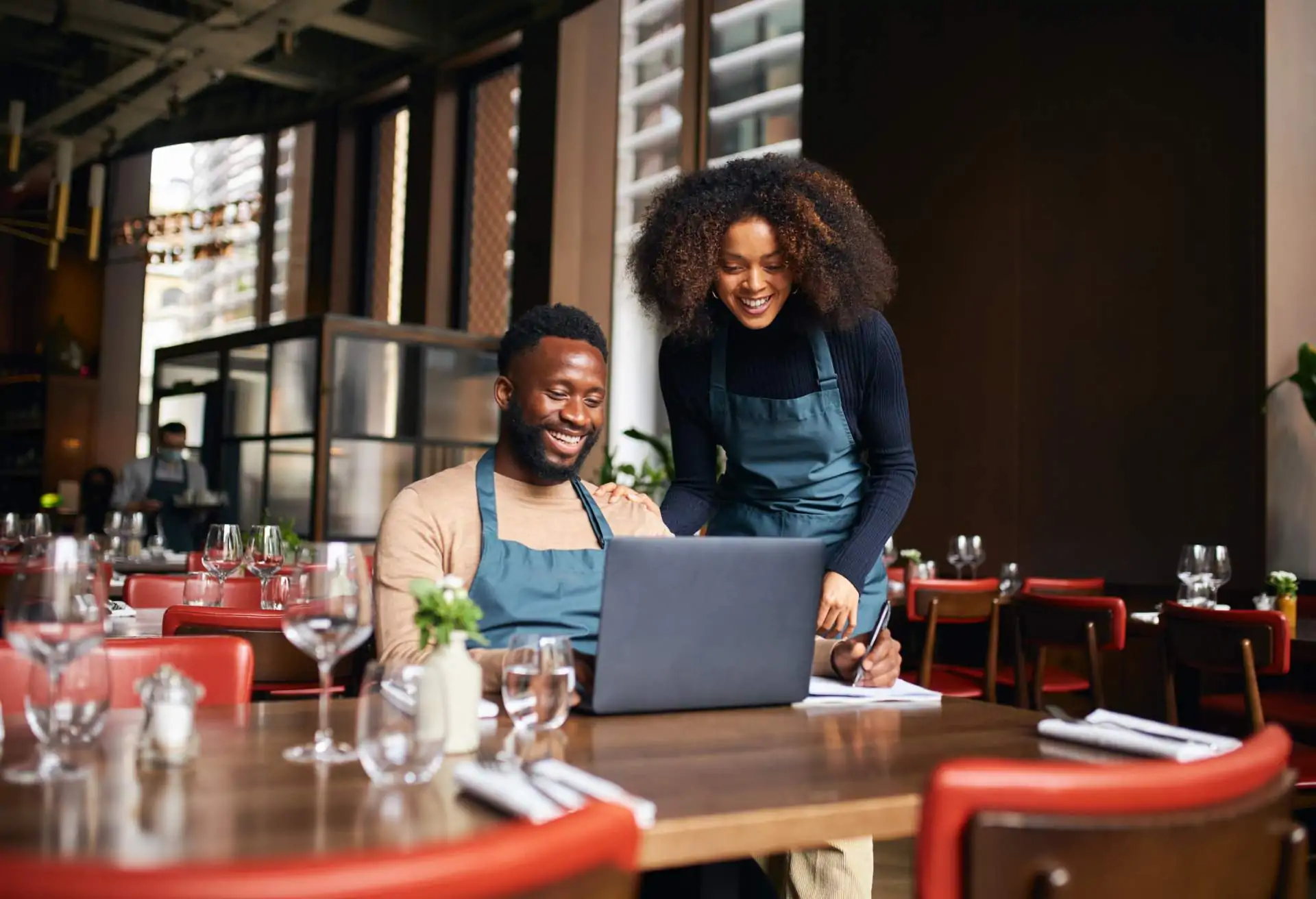Every restaurant owner needs to make many decisions about the design of a new restaurant between kicking off the project and opening day. Many are big decisions with big price tags attached, but they will ultimately create the look and feel of the space. So it’s important to get them right without breaking the bank. Before you get started, do the research and figure out where your money will make the biggest impact to get the most out of this investment.
Restaurant construction
Money on the mind
Taking the step into design and construction means making a big move out of the theoretical “what if” portion of the restaurant opening process. It’s time to dive deep into more tangible action items like pouring concrete, choosing wall treatments, and writing checks. Take time now to run through all the major build out costs and make sure everything is on track.
“One of the most common things I see is first-time restaurant owners starting a construction project without fully understanding their total development cost,” says Chris Zeman of Zeman Construction.
Once the construction schedule and design plans are finalized, it will be hard to make big changes. Tanya Shea, partner at Shea Design Inc. says, “Restaurateurs that miscalculate their budget end up cutting things out arbitrarily. Then, suddenly, your result at the end of the day is nowhere near where you started.”
Cut down on construction costs
Unless the space you’re moving into requires very few changes, construction will always be the greatest cost. Whether it’s turning an office into a restaurant or working out of a blank space, expect construction to be anywhere from 50 to 75% of total startup costs. Remember, it’s very easy for that number to creep up as the project moves forward.
The most common way for construction costs to grow is through change orders. Change orders tend to be much more frequent when the contractor is brought onto the project too late, sometimes just before building starts. The best way to prevent change orders is looping your contractor in as soon as possible.
Develop the design-build
Zeman says that his most successful restaurant clients have used the design-build approach—where the design layout has been established before the build begins—to reduce their costs and ensure the entire team makes conscious, value-driven decisions from the beginning.
“When the contractor is brought on very early and is used as an equal partner to the architect and designer, they have the opportunity to participate in the development of the design documents. This gives the client and the designer the benefit of using the contractor’s knowledge of which materials, what processes, and what design elements will be more or less expensive than another, have a longer lead time, or are more complicated processes to schedule,” he says.
Get (and stay) educated
Get involved, stay involved, and ask questions every single day on site (and be on site often). It’s a great learning opportunity, will help ensure the success of your first project, and better prepare you for future projects. And you’re also much more likely to catch things that don’t look right.
The bottom line
The contractor is going to build what the plans dictate, so if a wall goes up that you aren’t happy with, the solution is going to be a costly change order. Be an active participant in construction meetings and take the time to study your restaurant’s construction plans.
Kitchen design
The kitchen will be the most expensive part of a new restaurant’s total buildout cost. It’s also where the most space and money tend to get wasted as a result of inefficiencies in size, flow, and equipment placement.
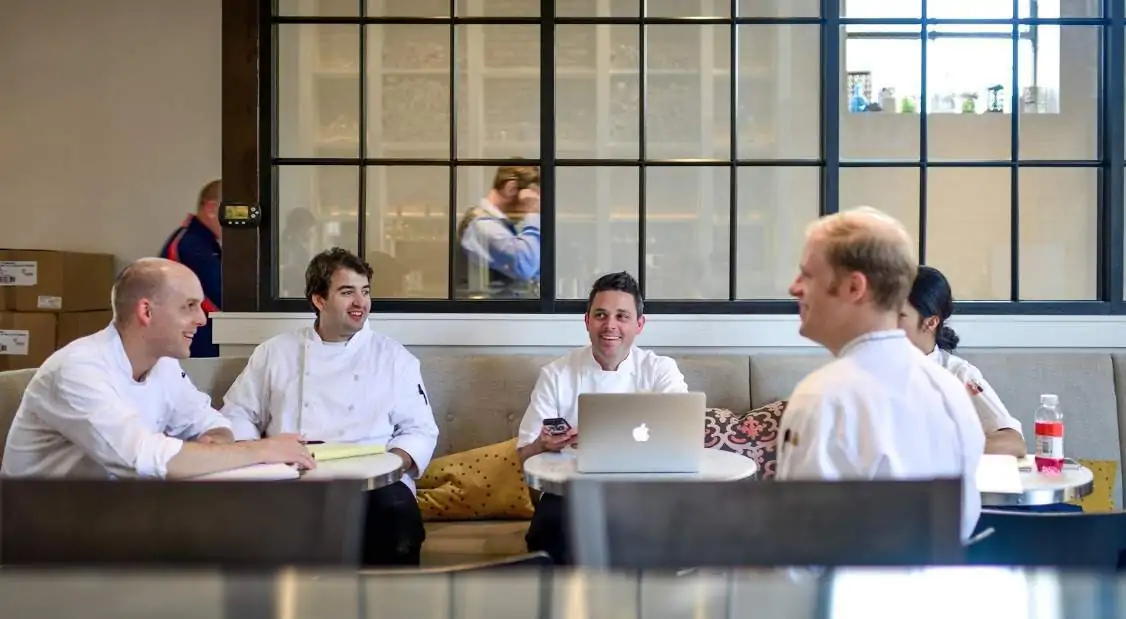
Size matters
The bigger the kitchen is, the more it’s going to cost. Remember, money isn’t made in the kitchen; if the kitchen takes up a disproportionate amount of space, there won’t be enough seats to support the business. Every concept is different, but Shea says that in general, a kitchen (including storage space) should never be more than ⅓ of the total space of the restaurant.
If it works with the concept, an open kitchen with some counter seating can be a good way of maximizing kitchen square footage.
“That’s a way to blur the line. If your kitchen is going to creep out into the dining room, you want to make sure you at least get some seats out of it,” says Shea.
Optimise the kitchen flow
Inefficient flow is a common symptom of a poorly thought-out kitchen. The best way to avoid this is to think about the new restaurant, particularly the path that food will take, in a holistic way.“You really have to be cognizant of where the raw product comes in the door, where it gets prepped and stored, where it gets cooked, where it gets plated, and then how it gets to the table. Keeping those lines as short and straight as possible with minimal crossover is the best way to maximize efficiency,” says Zeman.
Stay stocked with equipment
Kitchen equipment will be another high cost and again is an area where many restaurateurs commonly overspend. Richard Coraine, the Chief Development Officer of New York City-based Union Square Hospitality Group, reminds the chefs at USHG that they can always add, but they can’t take away.
“We try not to build the dream kitchen right away and give ourselves an opportunity to move pieces of kitchen equipment in or out, and that saves us a lot of money. We ask our chefs to design their kitchens with only the things that they truly need,” says Coraine.
Be wary of your relationship with your kitchen equipment vendor. Even if they offer kitchen layout design as a complimentary service, the plan may come back with a kitchen that takes up half of the restaurant space. Remember, the company is selling kitchen equipment to chefs who want it all.
Restaurant interior design
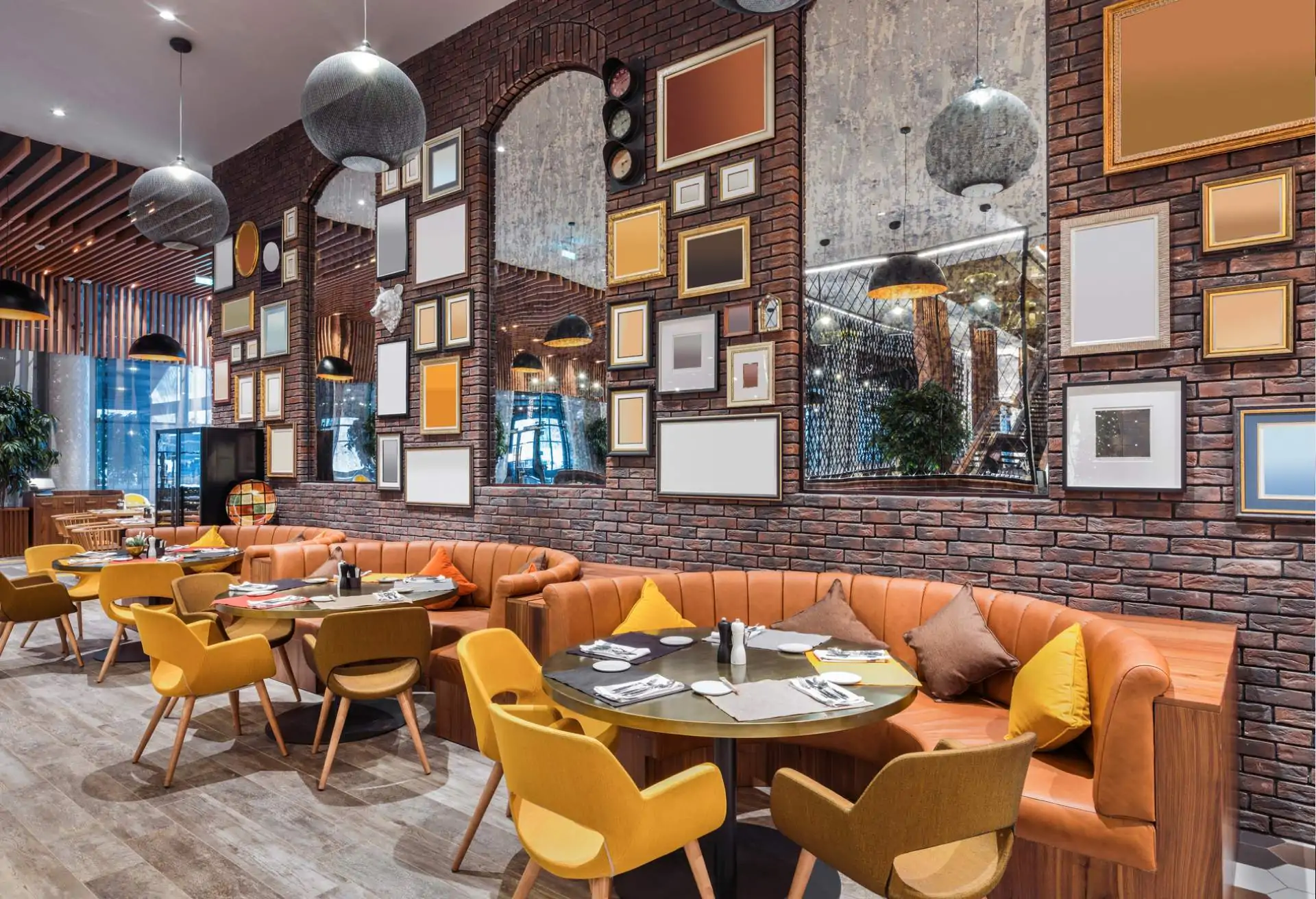
The way the restaurant looks, sounds, and feels when a guest first walks in will set guests’ expectations for the rest of their experience and send a message about the brand. If a restaurant relies heavily on walk-in business, interior design (not a website or social media) is solely responsible for telling a brand’s story before a guest sits down.
Carefully consider the placement of key front-of-house elements to ensure efficient flow, as well as the necessary level of comfort for guests. By ensuring that the interior design represents the brand at every touchpoint, you also allow the team to do their best work by creating consistency for the entire guest experience.
Communication with the designer is key
Some restaurateurs will give their designer the broad strokes of their concept and let them take it from there. Others prefer a more hands-on approach in order to communicate not only what they want their guests to see when they walk in and sit down, but how they want the space to make their guests feel.
The USHG team provides tons of information to designers so that they have a comprehensive understanding of exactly how a guest should feel in the space, from the moment they see the restaurant to the time that they leave it.
Focus on the brand
Work with the designer to define the core components that make your restaurant brand unique. For example, if the wine list is central to the concept, consider creating a beautiful wine cellar that’s visible to guests or a captain’s table stocked with wine in the center of the dining room. If they’re not a notable part of your restaurant, these same design elements may confuse guests.
“You need to understand what your brand is and what’s going to make you different. Being an approachable, everyday place that everyone wants to go to isn’t enough. What makes you unique? Once you’ve got that nailed down, you need to find a way to express it through design,” says Shea.
Next, figure out what physical spaces are going to have the biggest effect on people. Shea advises against spending too much on ceilings, floors, and decor, instead creating zones and focal points that make the guest feel comfortable. Key design elements don’t need to be expensive, they just need to be effective and consistent with the experience that is being created for guests.
Editing is another important step. In addition to saving money, taking away pieces that don’t actively reinforce the brand will ensure guests aren’t distracted and their experience isn’t diluted. These components should always either drive more business or reinforce a key part of the brand.
It’s all about the vibe
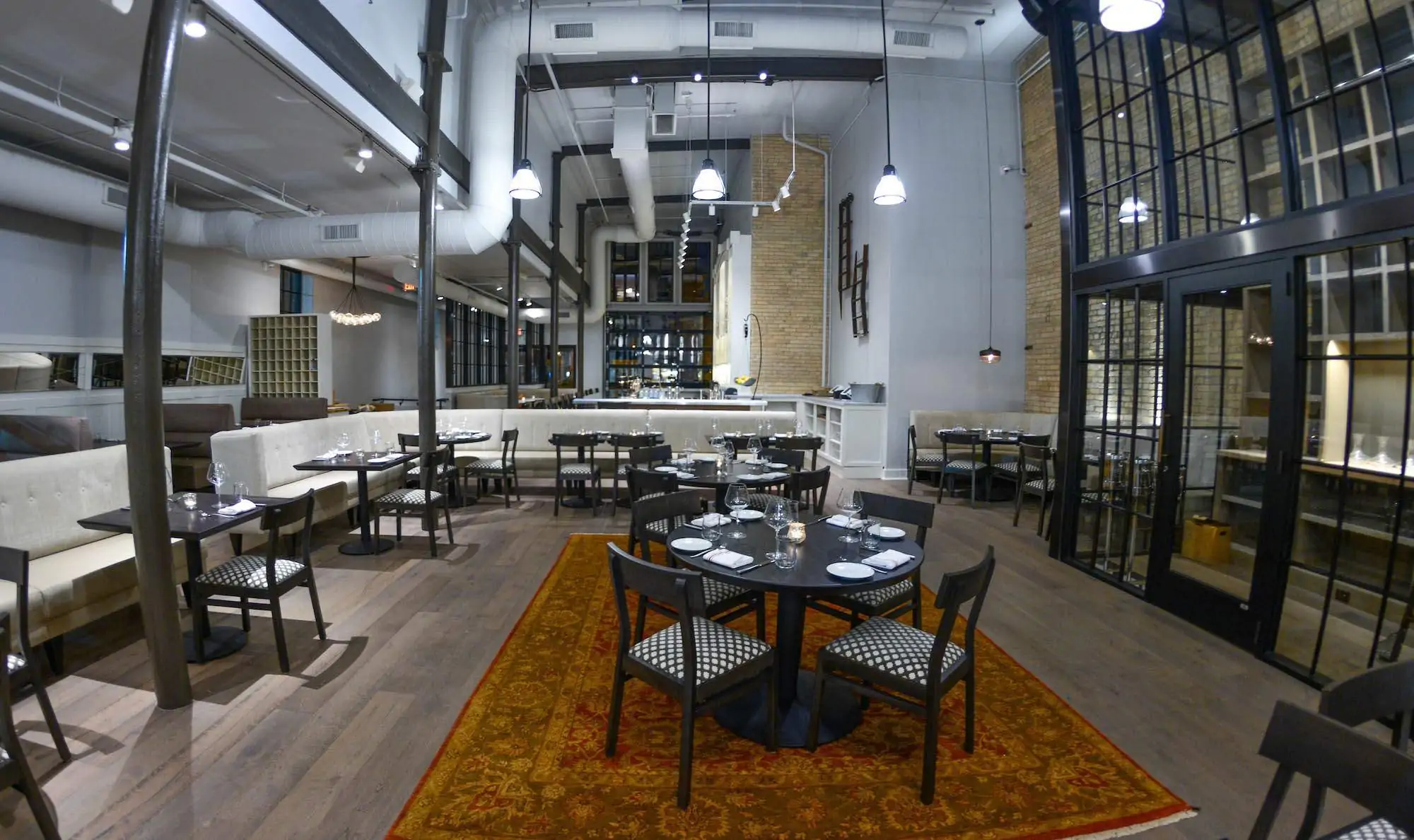
Sometimes the little things have the biggest influence—and this is especially true when it comes to lighting and acoustics. Lighting and sound levels must be consistent with the concept.
Compare McDonald’s to The French Laundry, and see the extremes of both noise and lighting (and many other things as well). McDonald’s has only hard surfaces and is as bright at midnight as it is at noon. The French Laundry is filled with soft surfaces like padded booths and upholstered chairs, as well as lighting that changes throughout the day in order to maintain a comfortable and intimate ambiance. Make adjustments to your concept accordingly.
Having separate dimmers for different areas of the restaurant is a great way to control how a restaurant feels. With sound, ask the designer about discreet acoustical panels, introducing soft surfaces, and a good sound system with well-placed speakers.
Designing the restaurant floor plan
You’ll need a detail oriented technician and someone with a talent for flow to perfect the floor plan.
The technician will deal with the many city, state, and federal codes that will dictate important details like how much space you need between tables, how wide certain corridors must be, and what you’ll need to satisfy ADA regulations. The designer also needs to understand how a restaurant flows from the front of the house to back of the house, and how to allocate space and transitions appropriately.
The talent—someone who has mastered the art of the restaurant flow—part of this equation will help your guests feel like they have front-row seats to a beautifully choreographed show, allowing servers, food runners, and bartenders to move around the room gracefully and easily. Both are equally important and these roles can be held by the same person, or by other members of your team. The same people will be repeating the same actions every night, and over time, inefficiencies can cause long wait times and negatively impact team morale.
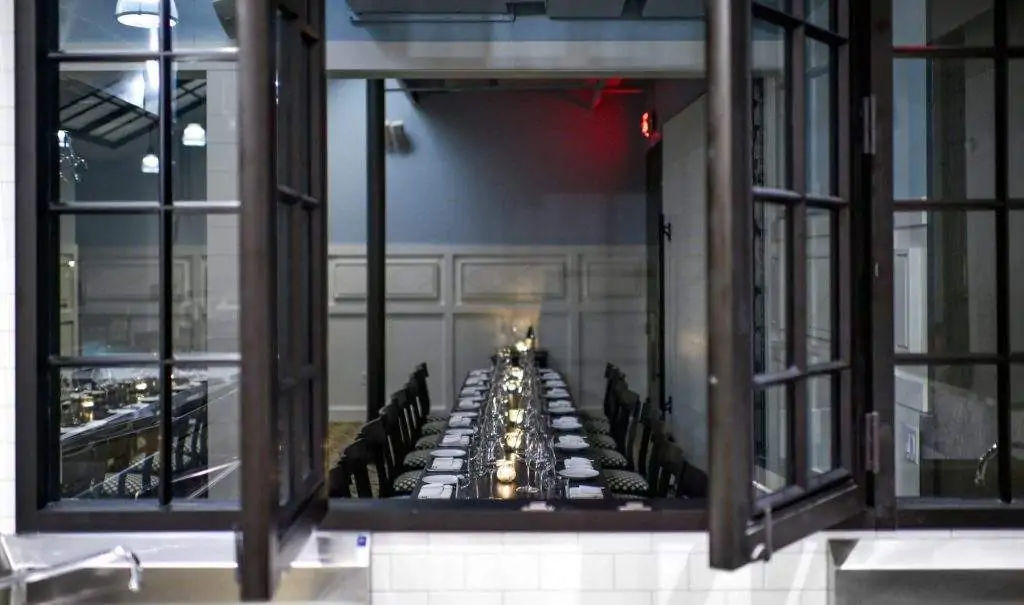
Draw lines on the floorplan to represent how a staff member would navigate the dining room in order to do their job. This will help situate the coat check, host stand, service stations, restrooms, coffee station, and employee entrance in the most efficient places.
Do the same exercise with guests. What route will they need to follow in order to get from the host stand to a table and from a table to the restroom? Minimize crossover, especially between staff and guests. Work with designers to create a space that’s comfortable for guests and allows the team to excel without unnecessary obstacles. Even designers with lots of experience don’t spend their days and nights working in kitchens or on the floor, so you’ll need to be an active part of this process.
Table categories
You don’t need to have a functioning restaurant to know which will be the most desirable tables and which ones will be difficult to seat. Tables that are close to service stations, near the front door, in high-traffic areas, or far away from any kind of anchor (like a banquette or pillar) tend to be the least desirable. Once the designer has presented you with some layout options, figure out how many “bad” tables you have and challenge the design team to get that number as low as possible.
Flexibility is key
Building flexibility into the design will help maximize revenue. Consider building tables that have the same width whenever possible so that you have the ability to combine them. Hinged flaps underneath some square tables allow them to be flipped up to create a large round.
A removable air wall in the private dining room grants the ability for the space to be bisected for two smaller parties or used for one big event. If the restaurant only uses one or two chair types, they can be used across spaces.
The bottom line
Starting from scratch can be a daunting task, but building out an efficient space can ensure a seamless experience for all parties involved. The design team is there to bring the restaurant vision to life, so loop them in early on and plan every detail from the start. By staying realistic with goals, prioritizing the big stuff, and reinforcing the brand in every opportunity, the restaurant will be set up for success.

